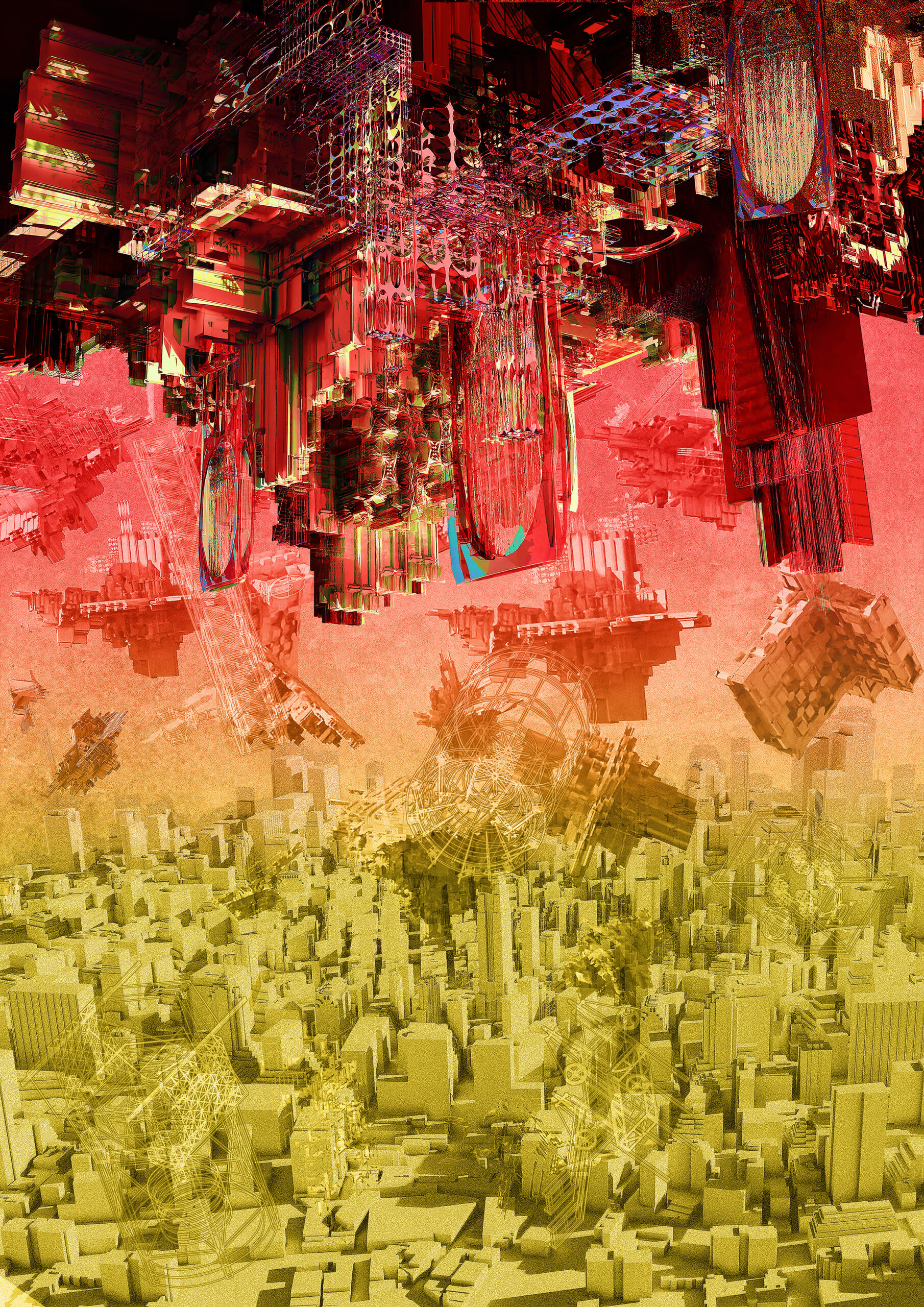
The Institute of Illegal Architects: Reconsidering Architectural Professionalism
architizer.com
Architects: Want to have your project featured? Showcase your work throughArchitizerand sign up for ourinspirational newsletters.The illegal architect questions and subverts the established codes and conventions of architectural practice and acknowledges that architecture is made by use and by design. The creative user can be an illegal architect, and the illegal architect can be a creative user.Jonathan Hill, Actions of Architecture: Architects and Creative Users, 2003.For almost three decades, Jonathan Hill has been challenging the relationship between architecture and practice. In 1998, he wrote about two project-metaphors: The Institute of Illegal Architects (IIA) and Weather Architecture, both critiquing the popular idea that architects alone make buildings. Specifically, he questions the binary connection between the architect and the user, proposing a third figure the illegal architect, who is both a producer and a user of space.Before exploring Hills ideas and process, it is worth examining the current relationship between architects and users. To what extent do architects prioritize freedom of use in their designs? What kinds of spaces are idealized in contemporary practice? How do architects conceptualize the user of a space? Does this term apply exclusively to those who occupy and interact with a specific environment, or does it also encompass a passerby who merely experiences the space in transit? How significant is the users role in architectural decision-making today? And, perhaps most intriguingly, why does the perception or characterization of the user hold such importance in architectural practice?In between by Anastasia Fedotova, 4th Annual One Drawing ChallengeJonathan Hill starts with a quiet albeit obvious truth: Architects build drawings, models and texts. They do not build buildings. However, to claim authority over building, architects often discuss architectural drawings as if they are a truthful representation of a building. Frankly, all forms of representation are partial, open to interpretation and often presenting contradictory experiences. This, according to Hill is a privilege for users, who are now able to construct as well as experience each project. Suddenly the Passive User, the one who blindly follows the architects vision, is transformed into the Creative User, the one who shapes it.Still, how is this shift in user related to architectural practice? Hill returns back to the idea that only architects make buildings. Putting it bluntly, architects have become too protective of their title. Through a series of legislative acts and the foundation of professional institutes, the title of the architect has become itself institutionalized. Codes and conventions provide stability and security along with narrowness and self-entitlement.The Creative User, therefore, threatens the prominence as well as the operating field of the architect, by being able to intervene in the architectural creation. In response, the Illegal Architect, becomes a hybrid producer-user who designs, makes and consumes work, freed of all preconceived constraints. Hills concept seeks to revoke the formal, legal authority tied to the architects title, instead bestowing it upon anyone who deserves it hence the illegal act.Pocket Size City: The Atlas by Stefan Maier, 4th Annual One Drawing ChallengeThe Institute of Illegal Architects project is situated opposite the Royal Institute of British Architects (RIBA), inhabiting the streets public domain. It is comprised of five production spaces, each one associated with a specific experience: time, sight, sound, smell or touch, without however pre-establishing specific uses but rather discouraging them. The project responds to RIBAs building, challenging the legal face of architecture through witty and mischievous design gestures.The Institute of Illegal Architects is both a text and a project. Ultimately though, it presents a mechanism at the threshold of the 21st century, in an attempt to reevaluate the direction of the architectural profession. Now, almost thirty years later, I argue that this issue is more pressing than ever. The relationship between the architect and the user is no longer binary but rather forgotten; let alone synergetic. Instead, other parameters more pressing issues have invaded the architectural field such as the need to impress, the excuse of environmental sustainability as the sole design intent and, finally the never-ending pressure of a highly capitalist economy.Consequently, the architectural profession has become even more stifled and narrow, having to deal not only with the architects egocentric claims but also with an additional layer of societal rules that further regulate the lives of architects and, by extent, the (passive) users directed by them. Frankly, the word illegal is meant to shake the profession back to a more democratic world, where the innate inter-disciplinarity of architecture is celebrated, and where architects begin to cross the lines of the discipline.Architects: Want to have your project featured? Showcase your work throughArchitizerand sign up for ourinspirational newsletters.Featured Image: Chamber of Memories: Hidden Odyssey by Ghassan Alserayhi, 4th Annual One Drawing ChallengeThe post The Institute of Illegal Architects: Reconsidering Architectural Professionalism appeared first on Journal.
0 Comentários
·0 Compartilhamentos
·43 Visualizações


